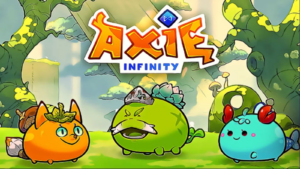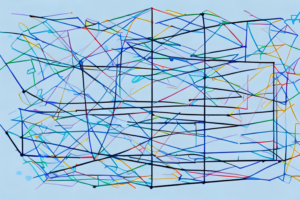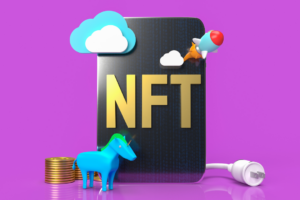The Rise of Virtual Assets: Why NFT Games Are Becoming a Cultural Phenomenon
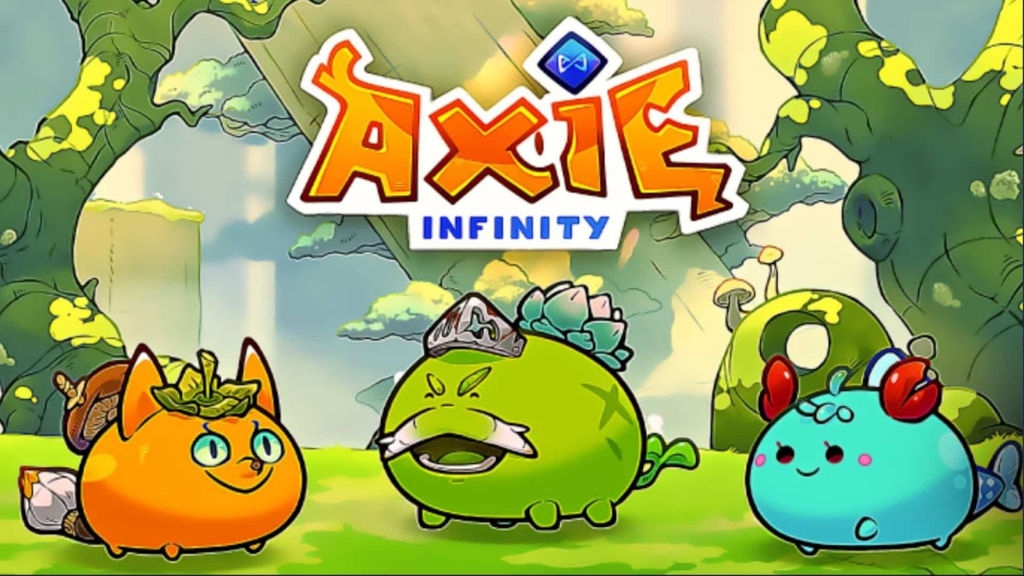
In the last few years, a revolution has been quietly brewing at the intersection of gaming and blockchain technology. Once a niche concept, NFTs (Non-Fungible Tokens) have now firmly embedded themselves in the mainstream, reshaping industries across the globe. These unique digital assets are more than just collectible art pieces or fancy tech jargon—they represent ownership, scarcity, and new economic models. And perhaps nowhere are their effects more pronounced than in the gaming world.
What started as a technology primarily used for digital art has rapidly expanded to create a whole new dimension of gaming. As NFTs increasingly take center stage, games are no longer just about entertainment—they are becoming interactive economies where players earn, trade, and invest in virtual assets. This shift is driving a new wave of cultural phenomena that are reshaping how we think about digital ownership, gaming, and the broader virtual economy.
See more: SMSF Management: Enhancing the Value of Your Super Fund
So, how are NFTs transforming the gaming world, and why is this cultural shift worth exploring?
What Are NFTs and How Do They Work?
Before diving into the world of NFT games, it’s essential to understand what NFTs actually are and how they function.
An NFT (Non-Fungible Token) is a unique digital asset that exists on a blockchain, a decentralized ledger that records transactions in a transparent and immutable way. What makes NFTs unique is that they cannot be replaced by another token—each one is distinct and carries its own metadata that differentiates it from other assets. This is where the term “non-fungible” comes in: it means each token is unique and cannot be exchanged on a one-to-one basis like cryptocurrencies (e.g., Bitcoin or Ethereum).
In the context of gaming, NFTs are used to represent various in-game assets such as characters, skins, weapons, virtual land, and even entire game worlds. These assets are verified on the blockchain, providing players with true ownership of their digital items. Unlike traditional gaming systems, where in-game assets are owned by the developer and cannot be transferred outside the game, NFTs enable players to buy, sell, and trade their assets freely on external marketplaces.
The role of blockchain in this process is pivotal. It guarantees that the ownership of an NFT is traceable and secure, preventing duplication or fraud. Since the data is stored on the blockchain, each transaction is transparent, ensuring players can prove their ownership of rare or valuable assets. This introduces a new layer of scarcity to digital items—once something is tokenized as an NFT, it becomes scarce by design, meaning only a limited number of copies exist.
NFTs in Gaming: The Rise of Play-to-Earn (P2E) Models
One of the most significant shifts brought about by NFTs in gaming is the rise of Play-to-Earn (P2E) games. These games empower players to earn real-world value simply by participating in the game, creating new economic opportunities that were previously unavailable in traditional gaming.
In P2E models, players can earn NFTs or cryptocurrencies through gameplay. For example, completing in-game tasks, winning battles, or collecting rare assets rewards players with items that can be sold, traded, or used in other ways outside of the game. This model is creating a new form of digital economy, where players are not just consumers of content—they are active participants who can profit from their involvement in the game.
Axie Infinity, one of the most popular and successful P2E games, is a great example of how this model works. Players collect, breed, and battle creatures called Axies, which are represented as NFTs. As players engage in battles or complete tasks, they earn cryptocurrency, which can be traded on external marketplaces. Some players, particularly in countries like the Philippines, have even turned Axie Infinity into a full-time source of income, effectively earning a living through the game.
Other popular NFT-based platforms like The Sandbox and Decentraland also embrace the P2E model by allowing players to buy, sell, and trade virtual land, assets, and experiences. In these virtual worlds, players can monetize their creativity, develop new assets, and even offer experiences for others to enjoy—all within a blockchain-powered ecosystem. As P2E continues to grow, these games are opening new doors for players to earn money, providing a viable alternative to traditional forms of employment in regions where job opportunities may be scarce.
Digital Ownership and the Future of In-Game Assets
A defining feature of NFTs in gaming is their ability to provide players with true digital ownership over their in-game assets. In traditional games, players may purchase items such as skins, weapons, or land, but they never truly own them. These items exist within the game’s ecosystem and have no value outside of it. If a player invests hours or money into acquiring certain assets, they risk losing access to them if the game shuts down or changes its terms.
NFTs solve this problem by granting players full ownership of their in-game assets. When a player purchases or earns an NFT, they own that item outside the game’s ecosystem, which is verified on the blockchain. This means that NFTs are not confined to one game—they can be sold or transferred to other games or platforms, provided they’re built on compatible blockchain systems.
The ability to transfer assets across different games opens up new possibilities for gamers. For example, a rare NFT weapon acquired in one game could be used in another game that supports the same blockchain. This interoperability is one of the most exciting aspects of NFTs in gaming because it creates a new level of cross-game functionality that was previously impossible with traditional digital items.
Furthermore, NFTs also allow players to create and sell in-game content, effectively blurring the lines between gaming and digital entrepreneurship. Platforms like The Sandbox allow users to create their own digital assets—such as buildings, landscapes, and items—and sell them as NFTs. Players can even build entire virtual experiences, allowing for the democratization of content creation within the game world. This opens up opportunities for players to monetize their creativity in ways that were never possible in traditional gaming environments.
NFTs and the Evolving Game Development Landscape
NFTs are not only changing how players interact with games but also how games are developed. The integration of blockchain technology is offering new revenue models and greater opportunities for independent developers. Traditionally, game development has been centralized, with large studios or publishers controlling the distribution and monetization of the game. But NFTs are enabling new ways for developers to fund their projects, sell limited-edition content, and create sustainable business models.
Indie developers are particularly well-positioned to benefit from NFTs. By leveraging blockchain technology, they can access a global market and engage with players directly without needing the backing of large publishers. Through NFTs, developers can sell in-game assets, raise funds through token sales, or allow players to invest in the game’s future success by purchasing early access tokens or limited-edition items.
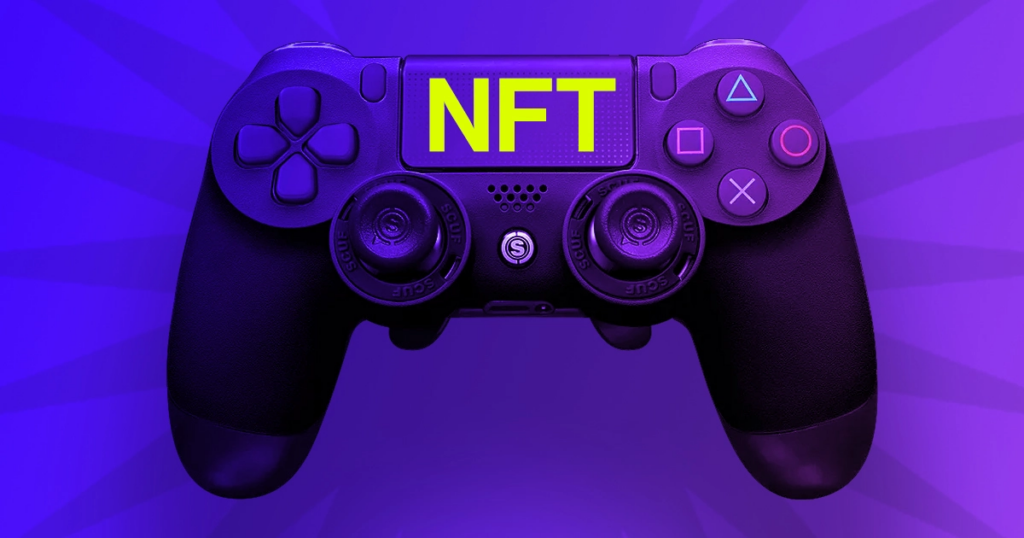
Another exciting development is decentralized governance. In blockchain-based games, the community can have a say in the game’s direction, such as through Decentralized Autonomous Organizations (DAOs). In a DAO, players hold voting power over game updates, economy changes, or other major decisions. This shift toward player-driven development is empowering communities to shape the future of games, making them more engaging and dynamic.
Challenges and Criticisms: Is the NFT Gaming Boom Sustainable?
While the rise of NFT games has been exciting, it has not come without its challenges and criticisms. One of the most significant concerns is the environmental impact of blockchain technology, particularly those built on proof-of-work blockchains like Ethereum, which require substantial energy to operate. This has raised ethical concerns about the carbon footprint associated with NFTs and their environmental sustainability. However, as blockchain technology evolves, more eco-friendly solutions, such as proof-of-stake blockchains, are emerging to address these concerns.
Another challenge is the speculative nature of the NFT market. Some critics argue that the NFT space is more about investment speculation than actual gaming. The prices of certain NFT assets can fluctuate wildly, leading some players to view NFTs as purely speculative assets rather than as part of a genuine gaming experience. This volatility can be unsettling for players who may invest substantial amounts of money into a game only to see their assets lose value.
Additionally, the pay-to-win model that can sometimes emerge in NFT-based games is another point of contention. In some cases, players with more financial resources can purchase rare NFTs that grant them advantages in the game, creating an uneven playing field. Developers are working to address these issues by creating fairer, more balanced in-game economies and adding additional layers of security to prevent manipulation.
The Future of NFT Gaming: Trends to Watch
Looking ahead, the future of NFT gaming looks incredibly bright. As blockchain technology advances, we can expect to see more interoperability between games and platforms, allowing players to seamlessly move assets between virtual worlds. This could give rise to a metaverse, where players can explore interconnected digital worlds, taking their assets with them as they move from game to game.
The integration of NFTs into esports could also become a major trend. In competitive gaming, NFTs could be used as rewards or collectibles, adding a new dimension to esports tournaments and events. This could incentivize players to perform at their best while providing fans with tangible digital assets to support their favorite teams or players.
Major gaming companies, including Ubisoft and Electronic Arts, are already experimenting with NFTs and blockchain technology. This involvement signals that NFT-based games could become a significant part of mainstream gaming in the near future, bringing blockchain technology and NFTs to a much broader audience.
Conclusion
NFTs are ushering in a new era for gaming, one where players not only interact with virtual worlds for entertainment but also engage in real-world economies through digital ownership, creation, and trade. The rise of play-to-earn models, the advent of true digital ownership, and the increasing role of blockchain in game development are all part of a larger trend that is reshaping the gaming landscape.
While challenges remain—particularly regarding environmental sustainability and market volatility—the potential for NFTs to transform the gaming industry is undeniable. As technology continues to evolve and the gaming community adapts, the cultural phenomenon of NFT gaming is likely to continue growing, offering new opportunities for players, developers, and investors alike.
Are you ready to step into the world of NFT gaming? The future of digital assets, play-to-earn economies, and virtual worlds awaits. The question is: how will you engage with this new frontier?


